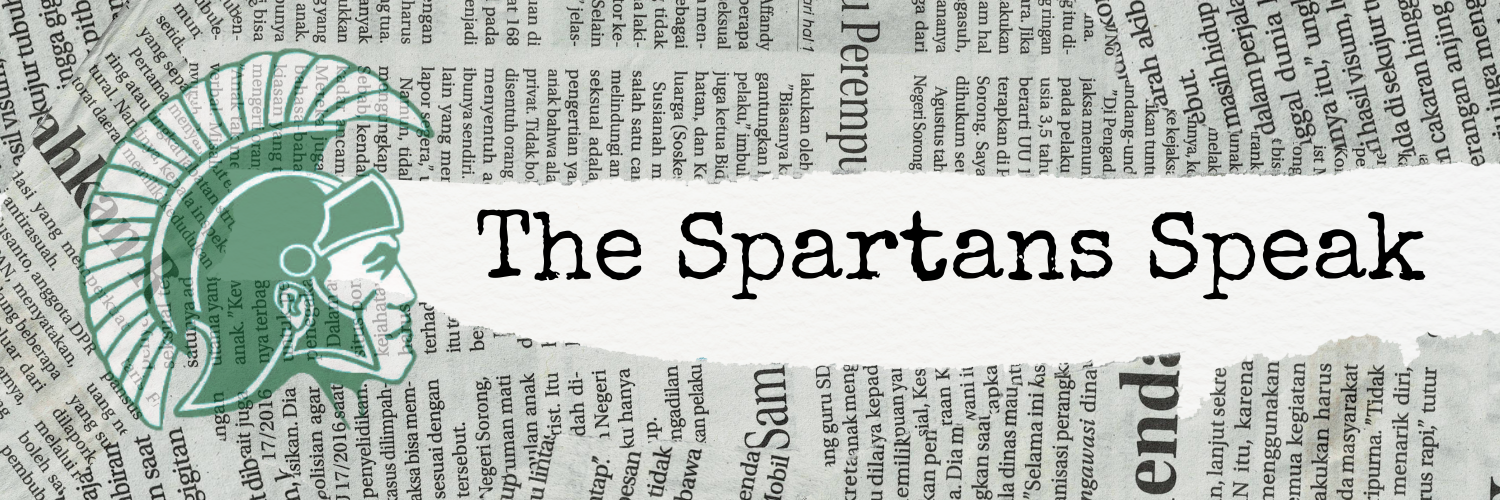Don’t shield us from the truth
February 17, 2022
The idea of teaching about systemic racism in America is polarizing. For months, we have seen debates over whether or not “Critical Race Theory” should be banned from school curriculums. However, whether people wish to admit it or not, systemic racism has existed in the United States since the beginning of its history. By refusing to teach our youth about it, we are presenting a misinformed and idealized perception of our nation.
So what exactly is “systemic racism”? Many people only think racism exists on an individual level, or believe the only way it can be seen is through explicitly racist bills and laws, such as The Jim Crow Laws.
In reality, systemic racism hides in plain sight. Systemic racism is a form of racism that is embedded into a given nation’s laws, culture and customs that results in inequitable outcomes for a certain group of people. Sometimes, it can be the after-effects of a past law.
A good example would be “redlining.”
During the days of Jim Crow, African Americans were forced to move to certain impoverished neighborhoods that had limited occupational and educational opportunities.
In contrast, white people lived in more affluent neighborhoods that African Americans were often barred from residing in. The process was known as “redlining.”
When redlining was eventually outlawed, black people were technically allowed to leave their neighborhoods to pursue upward mobility, but due to years of limited occupational and educational opportunities, as well as general inequality, many couldn’t afford it.
Thus, many stayed in these neighborhoods, and so did their future children. To make matters worse, formerly “redlined” neighborhoods still get little-to-no support from government investment to this day, so many of their school districts are floundering and job options remain unimproved, perpetuating a cycle of poverty amongst those living in these areas.
Redlining is an example of systemic racism. And although redlining laws are now prohibited, their rippling effects still impact black people to the point where it has led to severe housing and wealth inequality that continues to this day. This is how racism becomes embedded into a country.
Students need to know that discrimination is not always obvious. By teaching kids about the complex nuances of injustice and inequality, we not only help develop critical-thinking skills, but we make them aware of racism, which helps develop empathy, as well as a more firm understanding of the world around them.
Simply teaching about slavery and the Civil Rights Movement provides a surface level understanding of racism in America. Young people need to know about the inequality that exists in our nation today and its origin. That not only includes topics such as redlining, but also things such as police brutality and judicial inequality.
I would like to make it clear that I am talking about teaching to high school students. I am not advocating for lessons on systemic racism to begin in preschool.
While some high schools offer sociology classes that touch on systemic racism, it is a topic that needs to be implemented into the required curriculum. Making efforts to teach about it in basic social studies courses would be ideal, as it’s a topic that all students should learn beginning freshman year.
I understand that, for many, systemic racism is an uncomfortable subject, and a lot of people don’t feel as though it’s something kids should be learning about.
Indeed, racism is a horrid ideology that’s responsible for abhorrent atrocities that many don’t wish to hear about, but that’s precisely why people should hear about them.
By choosing to bury these things, we are shielding students from the truth.
After all, do we not teach about the Holocaust? Why all of a sudden is the idea of learning about systemic racism crossing the line? If a child is capable of learning about the horrors of Nazi Germany then they are perfectly capable of grasping the harsh realities of past and modern day racism.
By no means does teaching about modern racial inequality mean that you need to push the idea that the United States is evil, or inherently bad. Every nation has a dark past, and by educating kids on our country’s flaws, we teach them to be wary of repeating them .
As the saying goes, “those who don’t learn history are doomed to repeat it.”
_________
Support Student Press Freedom Day on Feb. 24


